Burning Man is an annual event held in the Black Rock Desert in northern Nevada, in the United States. The event starts on the Monday before and ends on the day of the American Labor Day holiday. It takes its name from the ritual burning of a large wooden effigy on Saturday evening. The event is described by many participants as an experiment in community, radical self-expression, and radical self-reliance.

Burning Man is organized by Black Rock City, LLC. In 2010, 51,454 people participated in Burning Man.
Art on the dry lake is assisted by the Artery, which helps artists place their art in the desert and ensures lighting (to prevent accidental collisions), burn-platform (to protect the integrity of the dry lake bed), and fire-safety requirements are met.
Since 1995, a different theme has been created, ostensibly by Larry Harvey, for each year's event. For 2006, the theme was Hope and Fear, and for 2007, it was The Green Man.[43][44] It determines to some extent the design of the Man (although his design and construction, while evolutionary, has remained relatively unchanged) and especially the structure on which he stands (an Observatory for "Vault of Heaven," a Lighthouse for "The Floating World"). These themes also greatly affect the designs that participants employ in their artworks, costumes, camps and vehicles.
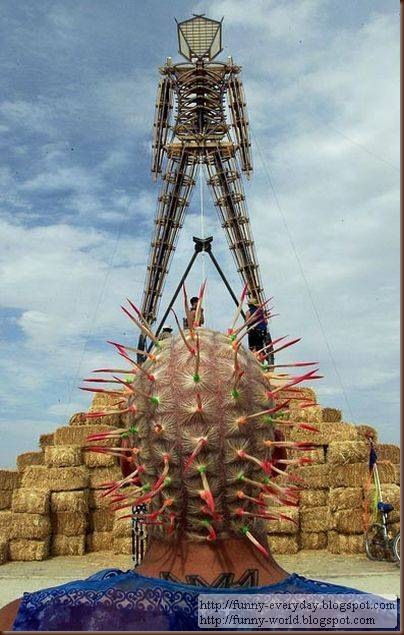
Burning Man primarily features outsider art and visionary art, though a great variety of art forms appear during the event. Creative expression through the arts and interactive art are encouraged at Burning Man. Numerous Theme Camps, registered and placed by the LLC, are created as event and residence centers by sizable sub-communities of participants and use extensive design and artistic elements to engage the greater community and meet the LLC's interactivity requirements. Music, performance and guerrilla street theatre are art forms commonly presented within the camps and developed areas of the city. Adjacent to the city, the dry lake bed of Lake Lahontan serves as a tabula rasa for hundreds of isolated artworks, ranging from small to very large-scale art installations, often sculptures with kinetic, electronic and fire elements.
Artwork is generally viewed as a gift that the artist makes to the community, although art grants are available to participants from the LLC via a system of curation and oversight, with application deadlines early in the year. Grants are intended to help artists produce work beyond the scope of their own means, and are generally intended to cover only a portion of the costs associated with creation of the pieces, usually requiring considerable reliance on an artist's community resources. Aggregate funding for all grants varies depending on the number and quality of the submissions (usually well over 100) but amounts to several percent (on the order of $500,000 in recent years) of the gross receipts from ticket sales. In 2006, 29 pieces were funded.
Various standards regarding the nature of the artworks eligible for grants are set by the Art Department of the LLC, but compliance with the theme and interactivity are important considerations. This funding has fostered artistic communities, most notably in the Bay Area of California, the region that has historically provided a majority of the event's participants. There are active and successful outreach efforts to enlarge the regional scope of the event and the grant program. Among these is the Black Rock Arts Foundation (BRAF).
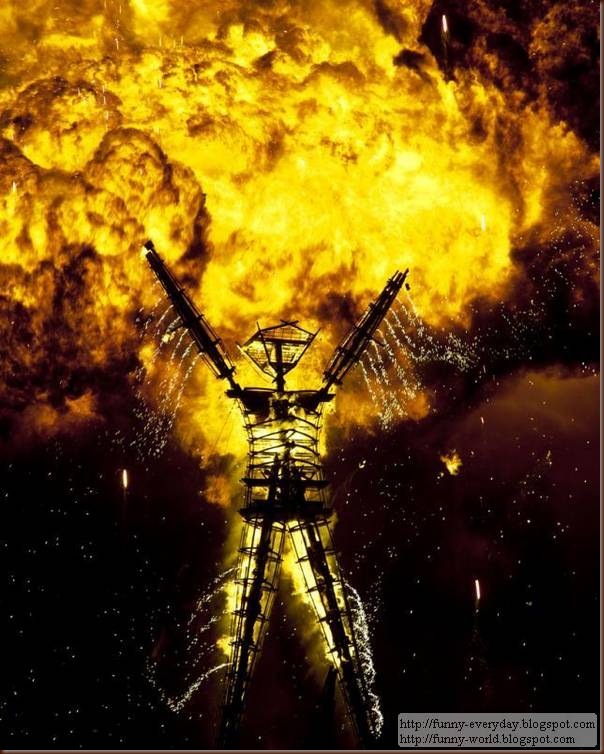
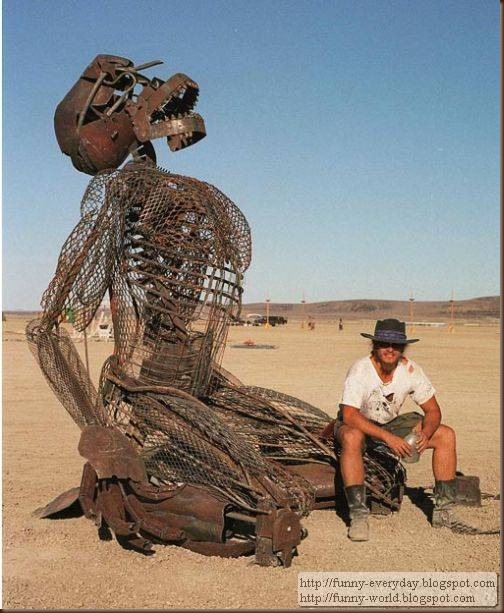
While BRAF does not fund any installations for the event itself, it relies on the donations from the LLC for a significant portion of its funding, and does facilitate presentation of work created for the event in outside venues as well as offering its own grants for artworks that typify interactivity and other principles and traditions the event.
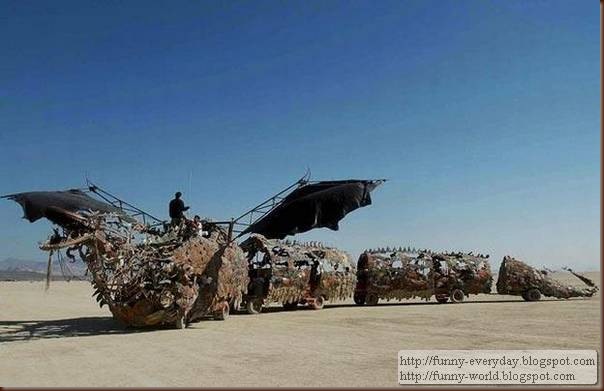
Bicycles and tricycles are extremely popular for getting around on the dry lake. Mountain bikes are generally preferred over road bikes for riding on the dried silt, which is normally hard but becomes loose with traffic. Participants often decorate their bikes to make them unique. Since lighting on the bikes is critically important for safety at night, many participants incorporate the lighting into their decorations, using electroluminescent wire (a thin, flexible tube that glows with a neon-like effect when energized with electricity) to create intricate patterns over the frame of the bike. Every night during the festival, thousands of bikes and art cars drive around, creating a visual display similar to Las Vegas at night, except that the lights are mobile.
In addition to the burning of the Man, the burning of a temple has become an activity at the event. David Best's temple projects were ritually burned from 2000 to 2004.
In 2005, Best stepped aside to allow for another artist, Mark Grieve, to build his own interpretation of a temple.[48] Grieve's temples were seen in both 2005 and 2006. However, in 2007 David Best took over the temple building duties for one last time. The 2007 Temple was named "The Temple of Forgiveness." Best has stated that it is time to hand the temple over to the community, and in 2008 the "Basura Sagrada" temple was a collaboration of Shrine and Tucker Teutsch 3.0, built with the extensive help of their friends and the greater Burning Man community.[49] In 2009, the Temple for Burning Man was built in Austin, Texas. (wiki)
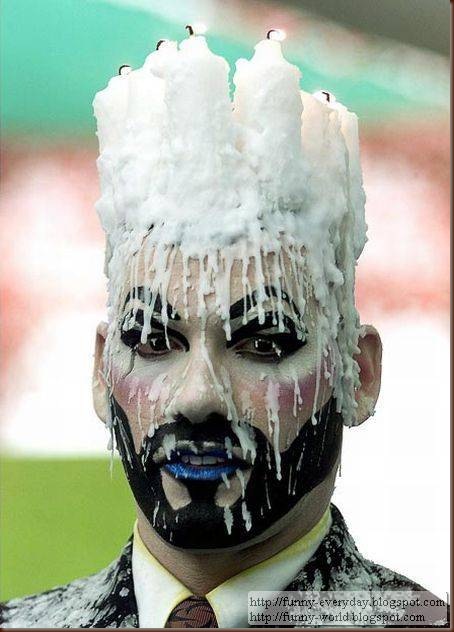
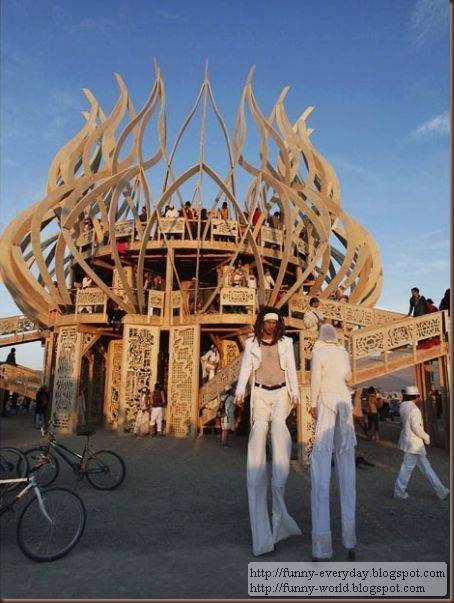



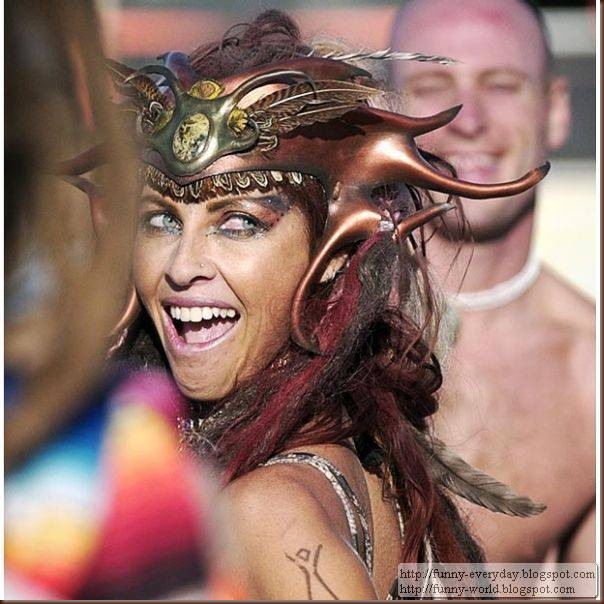
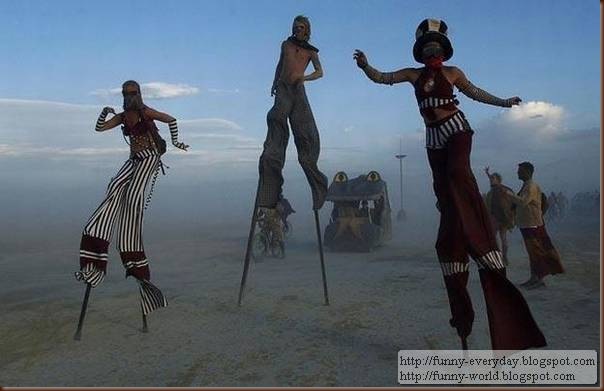
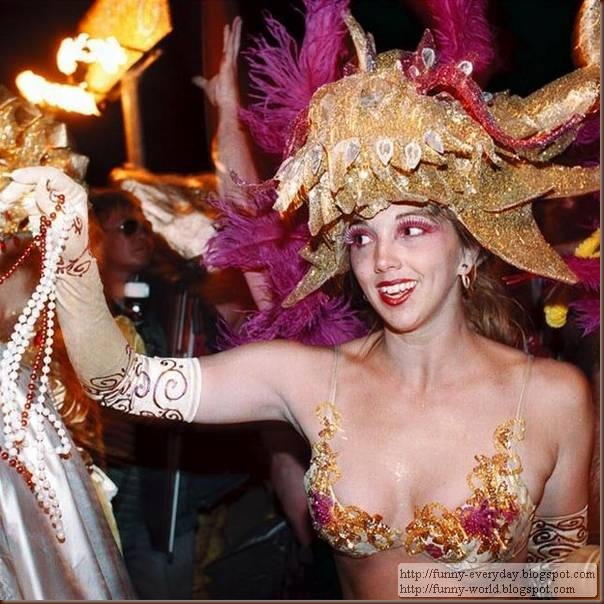
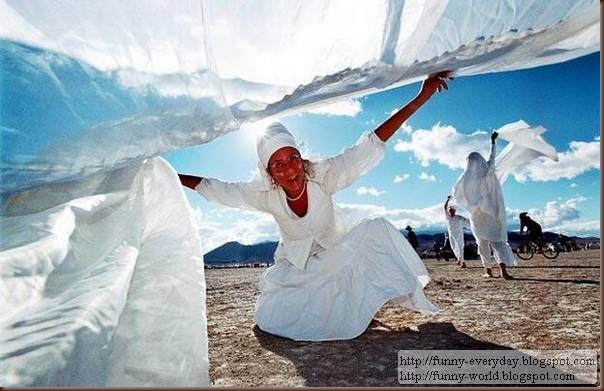
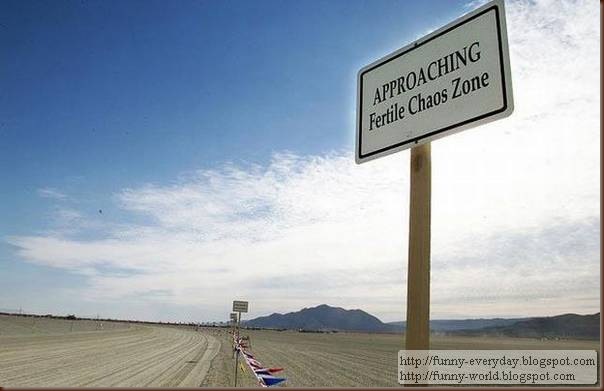
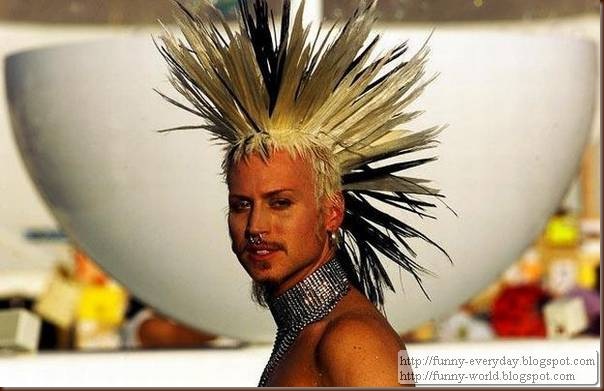


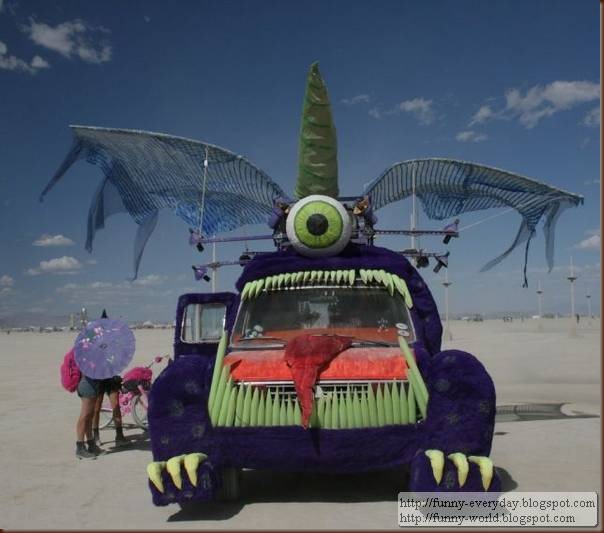
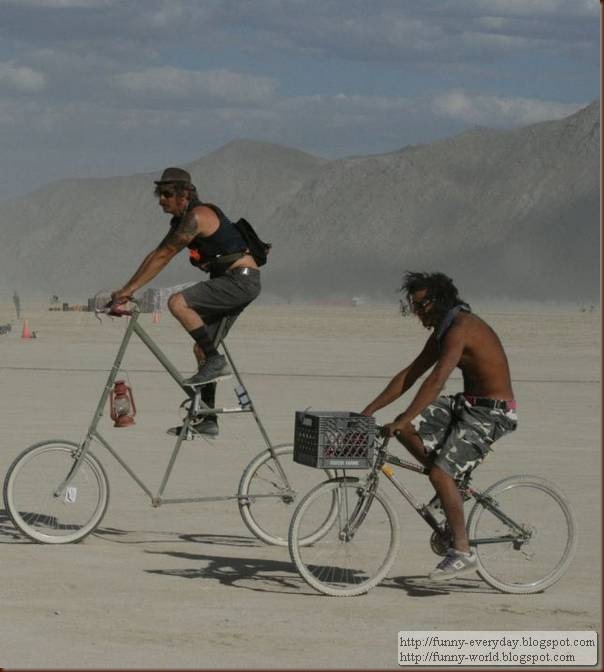

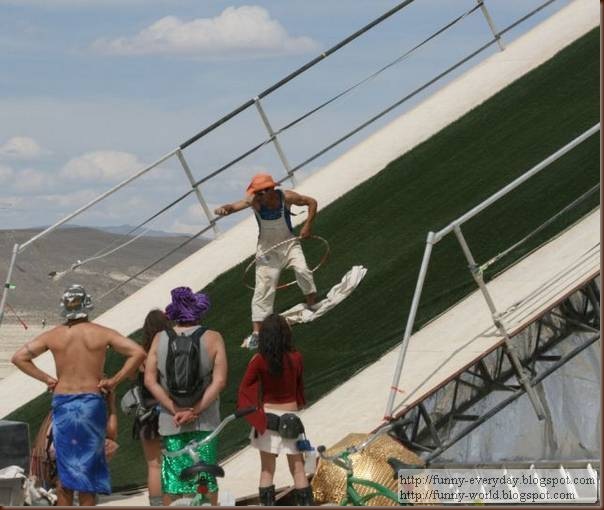
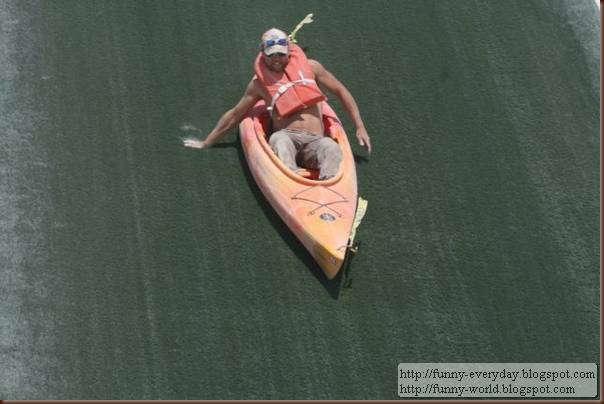
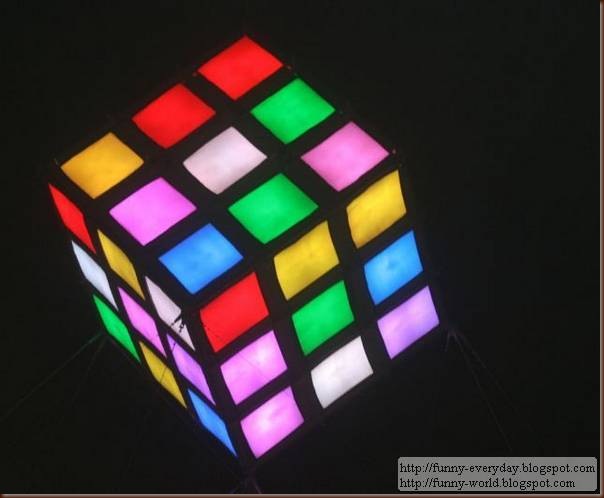
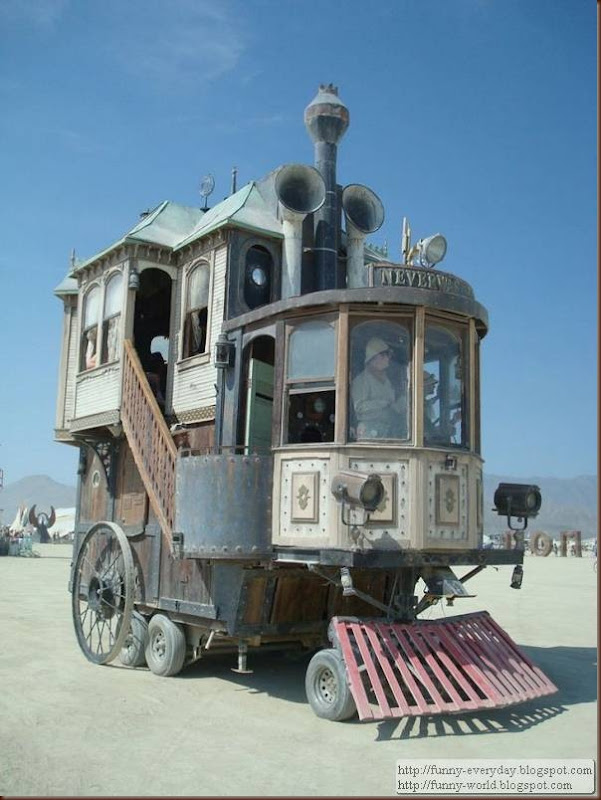
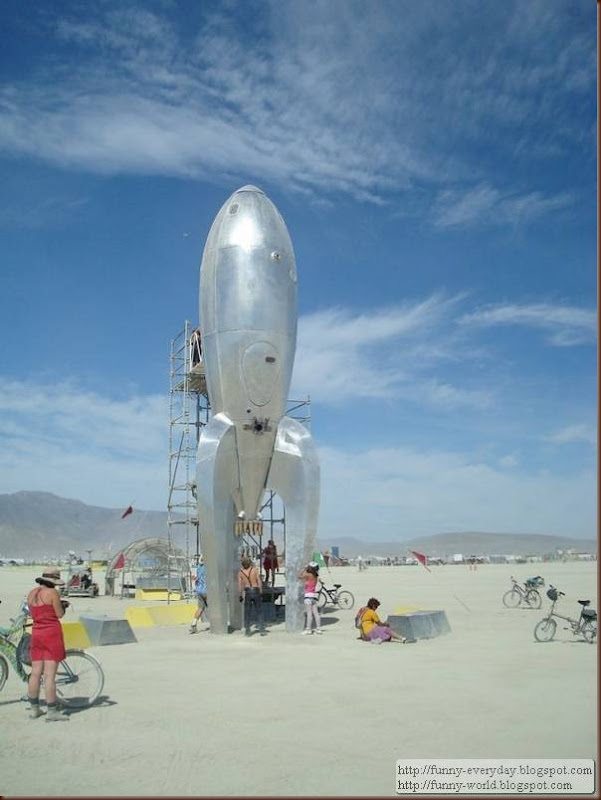
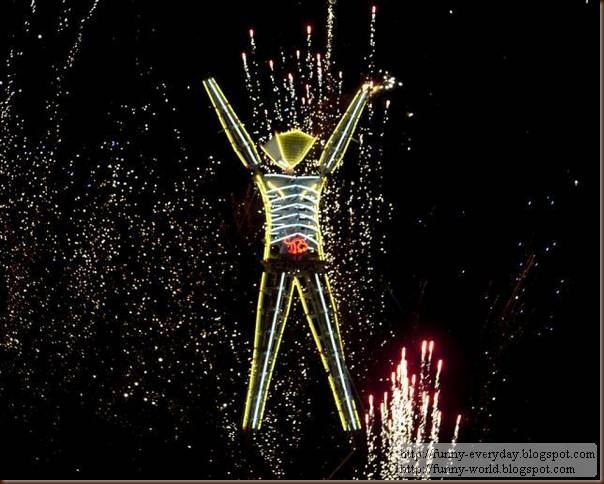
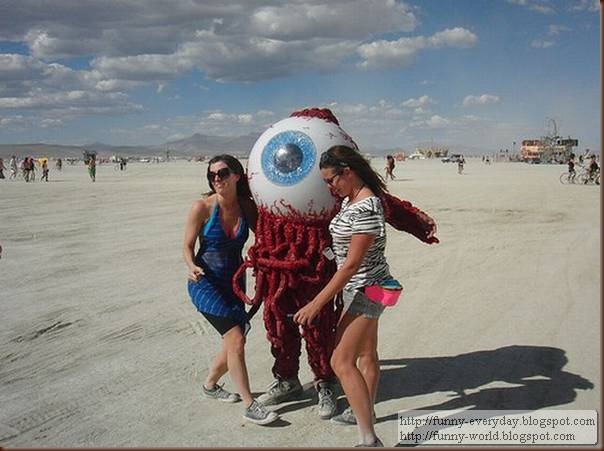

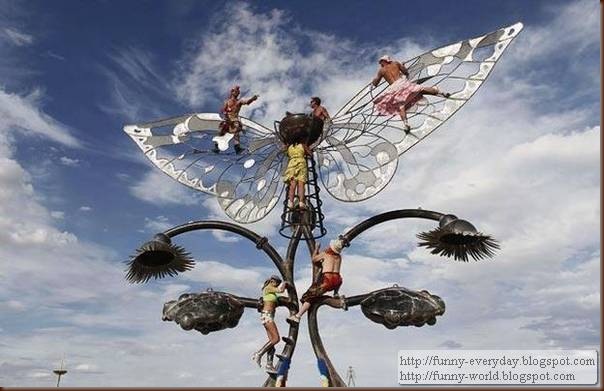
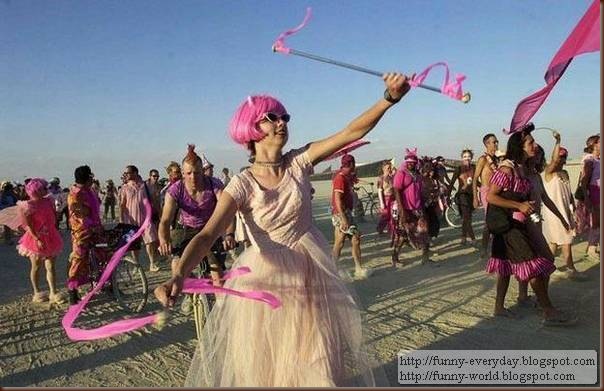
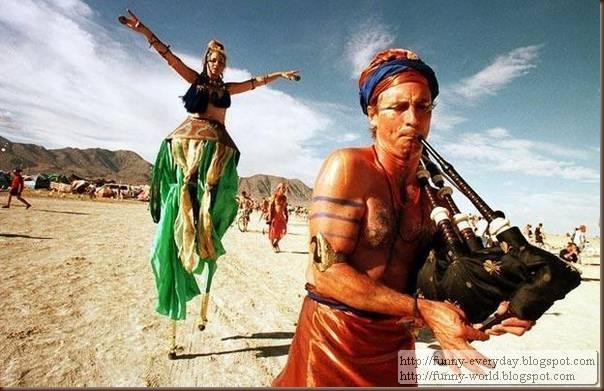
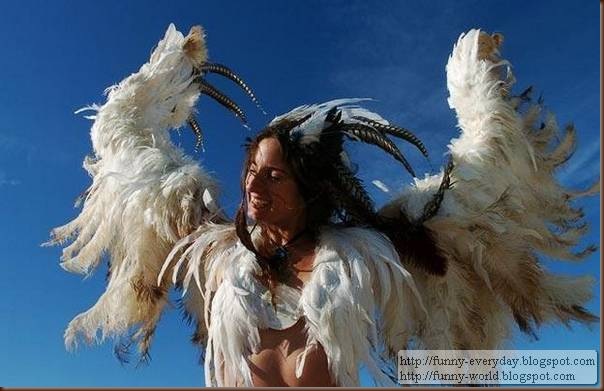
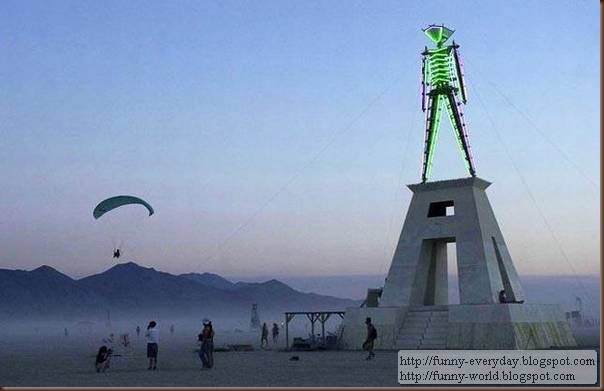
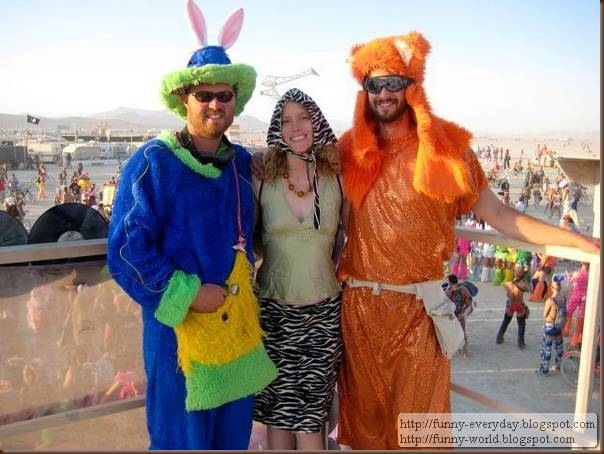
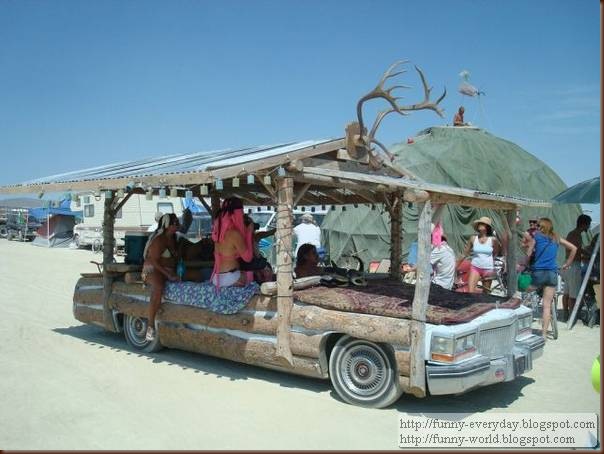
No comments:
Post a Comment